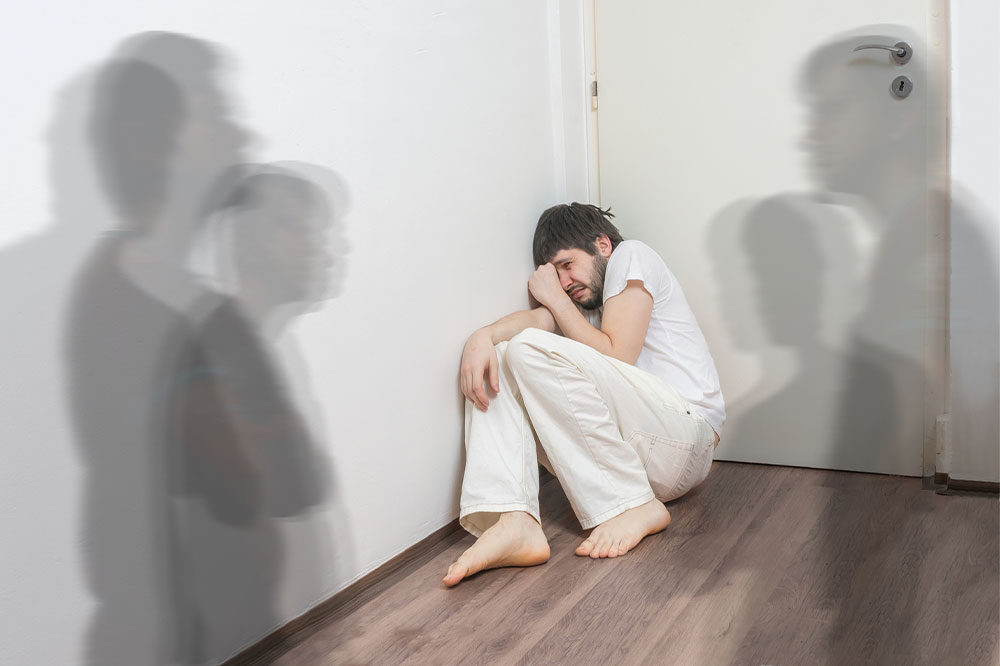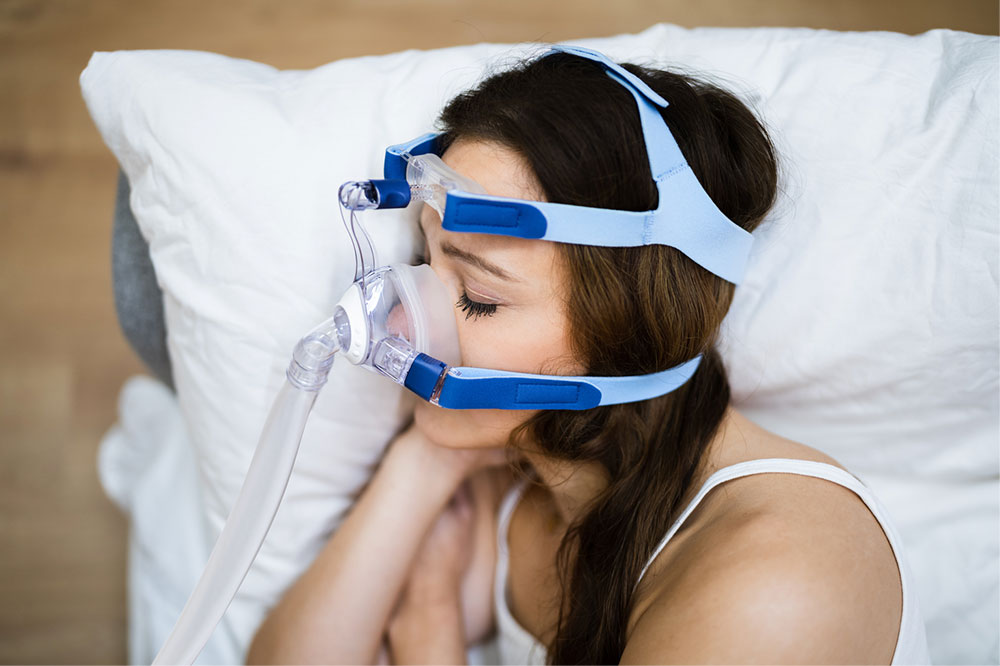Understanding REM Sleep Behavior Disorder: Key Facts You Should Know
This article provides essential insights into REM sleep behavior disorder, highlighting its symptoms, diagnosis, and treatment options. It discusses how individuals physically act out dreams, the importance of medical evaluation, and safety approaches to manage this sleep disorder effectively.

Understanding REM Sleep Behavior Disorder: Key Facts You Should Know
Sleep disturbances, known medically as somnipathy, refer to conditions that significantly disrupt normal sleep and impair daily functioning—affecting mental, emotional, and physical health. These include a range of issues like Bruxism (teeth grinding), sleepwalking, insomnia, obstructive sleep apnea, and REM sleep behavior disorder.
REM sleep behavior disorder (RBD) is particularly serious, where individuals physically act out their dreams, often violently. Unlike typical REM sleep where muscles are relaxed, RBD causes movements such as kicking, punching, or jumping, mimicking the dream content.
In general, REM sleep accounts for about 20% of total sleep time, primarily during the latter half of the night, when most dreaming occurs. RBD symptoms tend to develop gradually and worsen over time. Patients often experience vivid dreams involving fights or threats, leading to physical actions like hitting or jumping out of bed.
During episodes, patients may also vocalize, with sounds like shouting, laughing, or cursing, earning it the title of ‘dream enactment behavior.’ Diagnosing RBD involves detailed medical history taking, especially from sleep partners, and potentially a polysomnogram to record brain activity and vital signs during sleep, aiding in diagnosis and identifying underlying neurological issues.
Treatment focuses on safety measures to prevent injury—both for the patient and bed partner—alongside medications such as melatonin or clonazepam, which help reduce symptom severity. Ongoing research aims to discover more effective therapies for this disorder.










